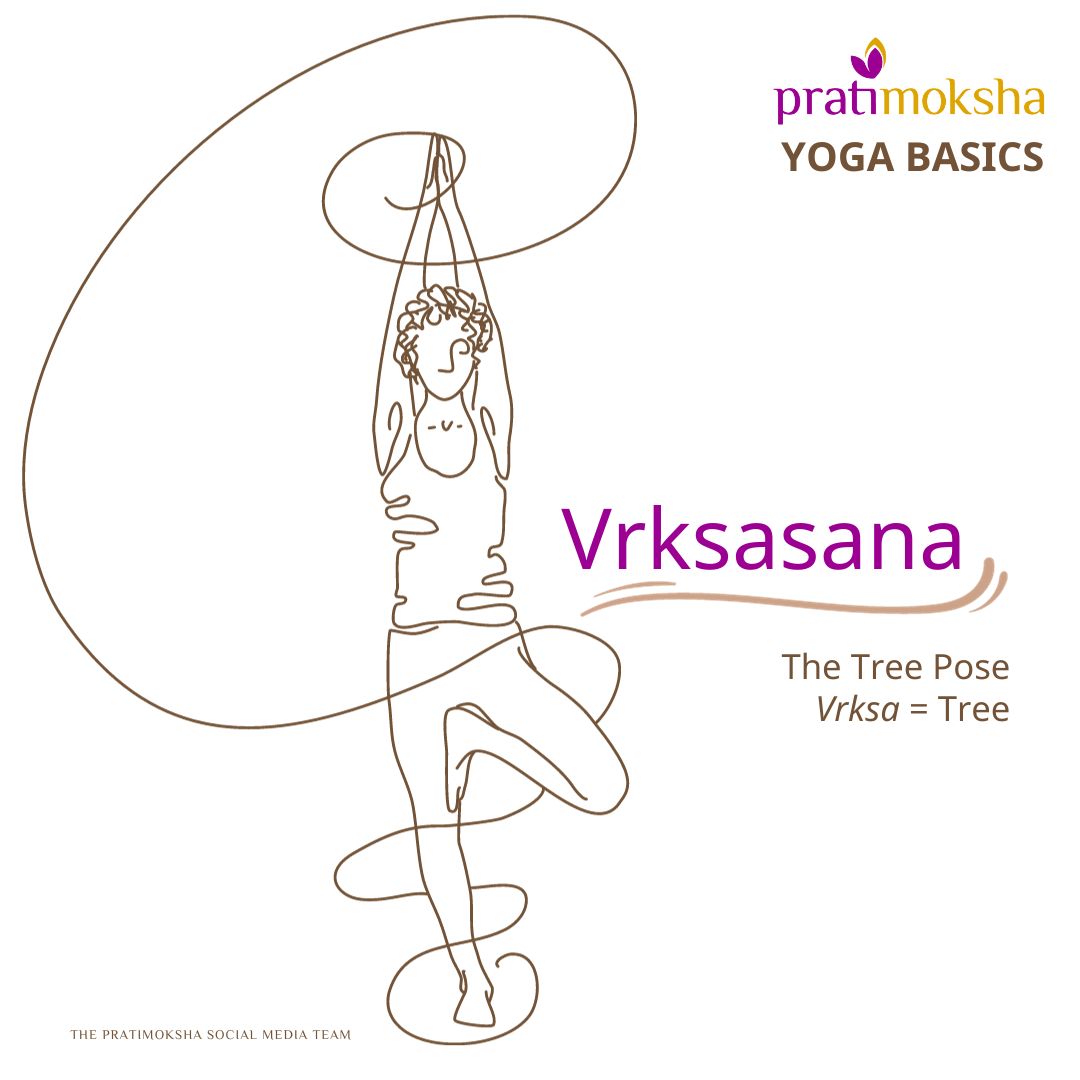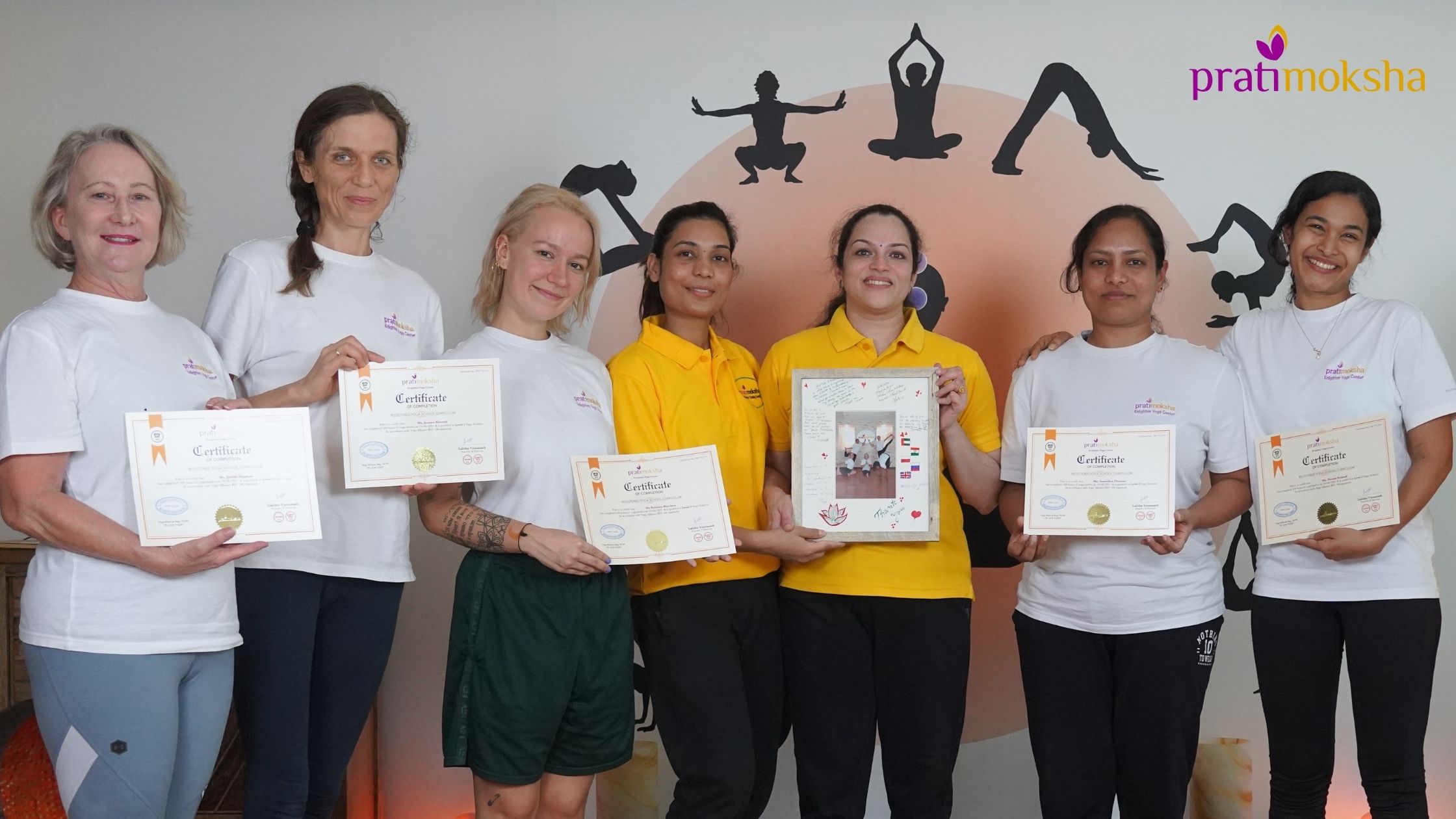Our existence pretty much boils down to our breath.
“We breathe we live. We don’t, and we’re on our way out,” wrote our Founder Lalitha Viswanath in a recent LinkedIn article.
Our very existence depends on the breath. ‘We breathe, we live. We don’t, and we’re on our way out,’ writes Enlighten Yoga Center’s founder, Lalitha Viswanath. This profound truth lies at the heart of yoga, which is why it emphasizes the conscious control of the breath. With each deepened inhalation and extended exhalation, we can significantly improve our quality of life.
In Ashtanga Yoga’s eight-fold path to enlightenment, the fourth limb is called Pranayama. It’s devoted entirely to breathing exercises, unlocking benefits far beyond simple respiration. Prana refers not to the breath itself, but to the vital life force within us – felt, not seen. By skillfully regulating the breath, we can positively influence this energy.
Feeling tired and sluggish? Explore the transformative power of pranayama at a yoga studio in Dubai. Try a daily 20-minute pranayama routine on an empty stomach, ideally in the morning. You’ll soon discover newfound energy, mental clarity, and a more positive, focused outlook. Harnessing the breath clears blockages, allowing our prana to flow freely. This transforms us, making us feel lighter, recharged, and ready to take on the world with optimism and love.
Why is Pranayama important?
The human body is a wonder – it breathes, pumps blood, and coordinates countless functions without conscious effort. Yet, one aspect stands out: our breath. Unlike other automatic bodily processes, we can influence our breathing. We can hold it, deepen it, or make it shallow. This control opens a path to profoundly impact our overall well-being.
Even small improvements in our breathing patterns translate to better oxygenation and nutrient delivery throughout our bodies. Since proper breathing involves both inhaling vital oxygen and exhaling impurities, pranayama offers a potent tool for detoxification.
Pranayama, the yogic science of breathwork, teaches us how to breathe optimally. Preparatory exercises condition the lungs, diaphragm, and intercostal muscles, strengthening our respiratory system. Yoga, with its emphasis on the mind-body-spirit connection, teaches us how our breathing influences our thoughts and emotions.
Harnessing the power of the breath can calm our stress response, promoting better digestion and restful sleep. If you’re seeking to enhance your well-being in Dubai, consider exploring pranayama within a yoga practice.
Let’s delve into the specific benefits of pranayama:
Pranayama helps us at every level. Although we tend to usually look at effects at a physical level, we cannot over-emphasize the fact that we are much more than physical beings, and our minds and emotions often act as a triggers predisposing us towards disease. Hence we must stay fit physically, emotionally, and mentally. All three are interconnected. All branches of Yoga address a person as a whole. Pranayama is no exception.
A consistent pranayama practice offers numerous physical benefits:
- Enhanced Lung Function: Improved lung capacity and stronger respiratory muscles through techniques like Kapalbhati and Bhastrika.
Enhance your lung capacity with breathing exercises at Pratimoksha Enlighten Yoga Center in Dubai. Master techniques like Yogic Breath and Step Breathing to improve your respiratory health and overall well-being. Join us to learn these effective practices and breathe better every day.
- Stress Reduction: Yogic breathing techniques can calm the nervous system. During pranayama classes, you’ll learn to deepen and lengthen your exhales, switching from the “fight or flight” sympathetic response to the calming parasympathetic response. This promotes better digestion, rest, and overall well-being. Nadi Shodan Pranayama (Anulom Vilom) is particularly effective for stress relief.
Discover the art of Complete Yogic Breath with Ms. Lalitha Viswanath, Yoga Acharya, Therapist, and Manual Osteopath at Pratimoksha Yoga Studio in Dubai. Learn diaphragmatic, thoracic, and clavicular breathing techniques that help relieve stress, calm the mind, and rejuvenate the body by activating the parasympathetic nervous system.
- Immunity Boost: Optimized breathing supports a strong immune response, aiding your body in fighting toxins and diseases.
- Blood Pressure Management: Stress reduction benefits those with high blood pressure. Pranayama techniques like Bhramari, Anulom Vilom, and Shitali help calm the nervous system.
- Healthy Metabolism: Improved breathing leads to better nutrient absorption, excretion, and natural weight management. Techniques like Kapalbhati and Bhastrika can specifically aid weight loss efforts.
Beyond the Physical: Focus, Mindfulness, and Emotional Balance
Pranayama also promotes mental and emotional well-being. By focusing on the breath, you develop concentration and presence. Pranayama can help manage strong emotions like anger or sorrow, once again due to the calming of the sympathetic nervous system. These benefits contribute to improved sleep quality.
Manage anger and irritability with yoga at Pratimoksha Enlighten Yoga Center in Dubai. Parents, as the first teachers and the family as the first school, must be mindful of their actions and words, as children often emulate them. Learn how to express emotions and what to expose to your children for a healthier family dynamic. Join us to explore yoga techniques that promote emotional balance and create a positive environment for your family.
Enlighten Yoga Center, Dubai offers numerous opportunities to explore the power of pranayama within yoga classes. If you seek all-around health and vitality, a regular pranayama practice can transform you into a more collected, balanced, and joyful individual.




0 Comments